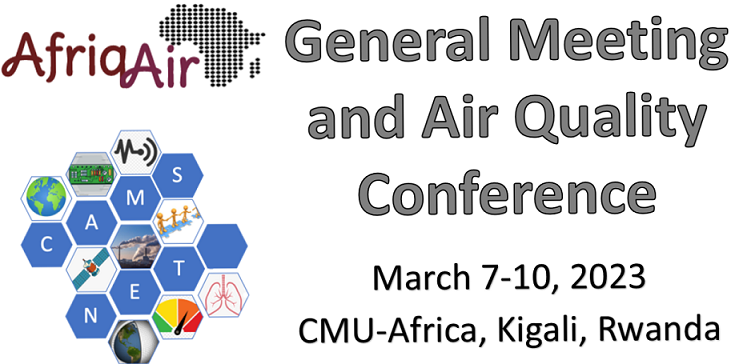Speaker
Description
A significant number of studies have demonstrated the link between agriculture and air pollution. These studies have echoed that in most parts of Africa, the slash-and-burn approaches used for farming are responsible for local and regional air pollution as well as reduced food production. In these environments, however, sporadic air quality monitoring hinders understanding and quantifying the damage’s degree. The lack of monitoring is firstly linked to the cost associated with procuring and operating conventional air quality monitors on the order of $100,000s but is also tied to limited local expertise and logistics. Additionally, identifying the impacts of agricultural practices on air pollution requires knowledge of baseline pollution. Specifically for rural Africa, baseline levels of air pollution are not known. This study explores the robustness of Clarity Node-S, a multi-sensor node to understand their functionality in varying agroecological settings in Ghana to support local air quality campaigns. Four Clarity Node-S were firstly calibrated at the University of Ghana, Accra using the multiple linear regression model with ~4-week data from the Clarity Node-S and reference-grade Teledyne PM mass monitor T640 for PM2.5. We observed a high similarity between the four air sensors though hourly PM2.5 measurements were an over-estimation ranging 15 to 85 μg/m3. Calibrated PM2.5 values ranged from 2 to 38 μg/m3 higher than the WHO Air Quality Guidelines. The highest pollution trends were observed at Sokwai Community (SC) followed by Fumesua Community (FC), Fumesua Farm (FF) and Sokwai Farm (SF). Hourly episodes were recorded with levels ranging between 20 and 180 μg/m3 at the four agroecological settings. The highest, 180 μg/m3, was recorded at SC between 28th August and 1st September 2022. The lowest PM2.5 levels were recorded at the SF below 10 μg/m3. These preliminary results point to PM pollution at the community level but not at the farms in Kumasi, Ghana. The results presented here demonstrate the robustness of these miniaturised devices for establishing baseline levels of air pollution in agroecological settings in Ghana and similar environments typical of wider Africa.

